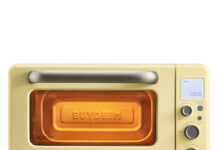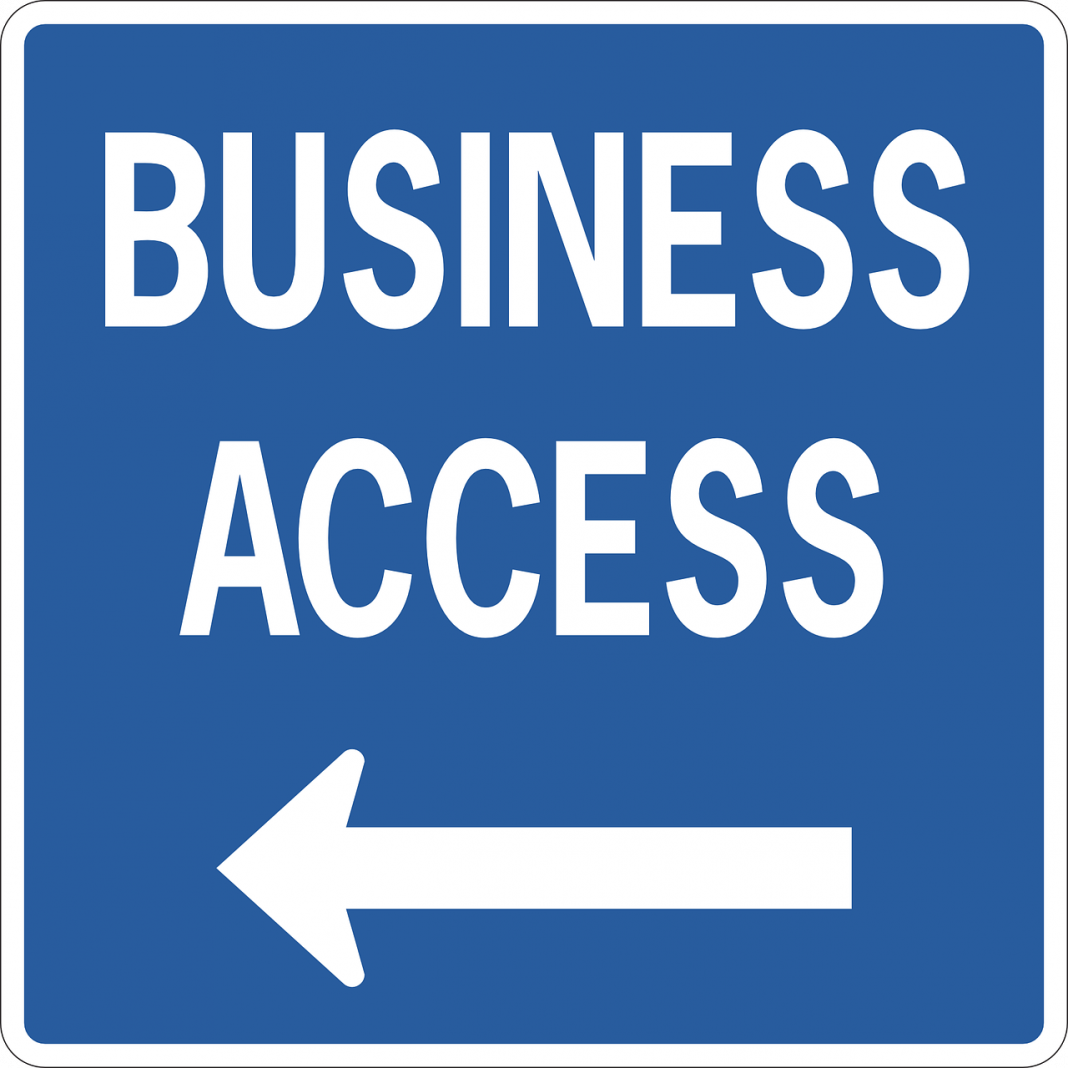Suppose, you require a banner for a distinct purpose; perhaps a trade event, conference, car sale, store opening, or hospital information program. Whatever your purpose is, you’re aware that you’re going to require a banner but lack the skills or means to design one yourself. But unknowingly, you’ve already completed a vital stage in the design process – you understand WHY you want the signage.
Whether you need to publicize an impending advancement, publicity another item discharge, or essentially attract people walking through to your customer-facing facade, a standard is an outwardly powerful method for doing as such.
The uplifting news? It’s presently more straightforward than at any other time to make the custom print showcasing materials you really want.
Prepared to get everything rolling? Today, we’re sharing the means to follow to transform your vision into a staggering flag sure to get the attention of any bystanders.
Therefore, begin there and follow the instructions below, always keeping your initial aim in mind.
-
The purpose is the key
Above everything, your banner design should accomplish several goals. It could include strengthening brand image, announcing a weekend deal, publicizing a store opening, or luring trade show guests into your booth. If you initiate your design with this well-defined objective in mind, you cannot go wrong.
-
Consider the size
sChoose a design that i proportionate to the banner size. Consider the size of the banner for where you expect your potential customers to see it and proceed from there. If it is placed outside a store 100 feet from the road, but your intended audience is rushing past it on the highway, you will face some challenges if your design does not account for this distance. In these instances, elaborate design details such as a colorful flowery border would be wasted and would end up complicating the sign excessively.
Additionally, keep readability and visibility in mind by adhering to printing requirements. No significant text or design components should be place outside of template-safe zones. You can expand backgrounds to bleed zones, which are used to guarantee that critical information is not cropped off. Consider each pixel of your banners as important real estate, but avoid making the design too complicated.
- Vibrant color combination
Color is a critical component of successful design. It attracts the viewer’s attention and enhances retention. Maintain the colors associated with your business while ensuring a high degree of contrast and legibility. The optimal combination is a light text on a darker background or vice versa. Some say that the light-on-dark combination is optimal since it closely resembles the white-on-green of road signs that we’re accustom to reading. Whatever colors you choose, ensure that they are complementary and contrasting. Marketers frequently utilize bright colors to divert attention toward their advertisements; the same method will work for your banner.
- Choosing the font type
The font style you select will have a significant impact on the readability factor of your banner. Avoid scripts, wisp-thin lettering, scrunched block letters, and anything that appears to be “hand-written.” At best, you’re vying for 3 to 5 seconds of your audience’s attention – if you even get it. A neutral font such as Arial, Times New Roman, or Calibri will aid in conveying your message easily. While a script font such as Mistral is ideal for some projects, it may be difficult to read. You will end up losing your audience.
Publicizing outside is an incredible open door as well as an undertaking requiring cautious preparation. All things considered, you are going after impressions with hundreds on the off chance that not a great many different organizations hoping to advance themselves the same way. That is the place where all-around planned signage can truly assist with separating yourself, driving commitment numbers, and conveying the sort of profit from speculation you are searching for.
- Personalize it
In many ways, the branding aspects of your sign will be determined by your color selection. Consistently adhere to your brand’s color palette. Additionally, you may want to add any logos or catch-lines frequently used throughout company graphics into your design.
Conclusion
Remember to keep it simple yet attractive. Everything else will fall in place.


































